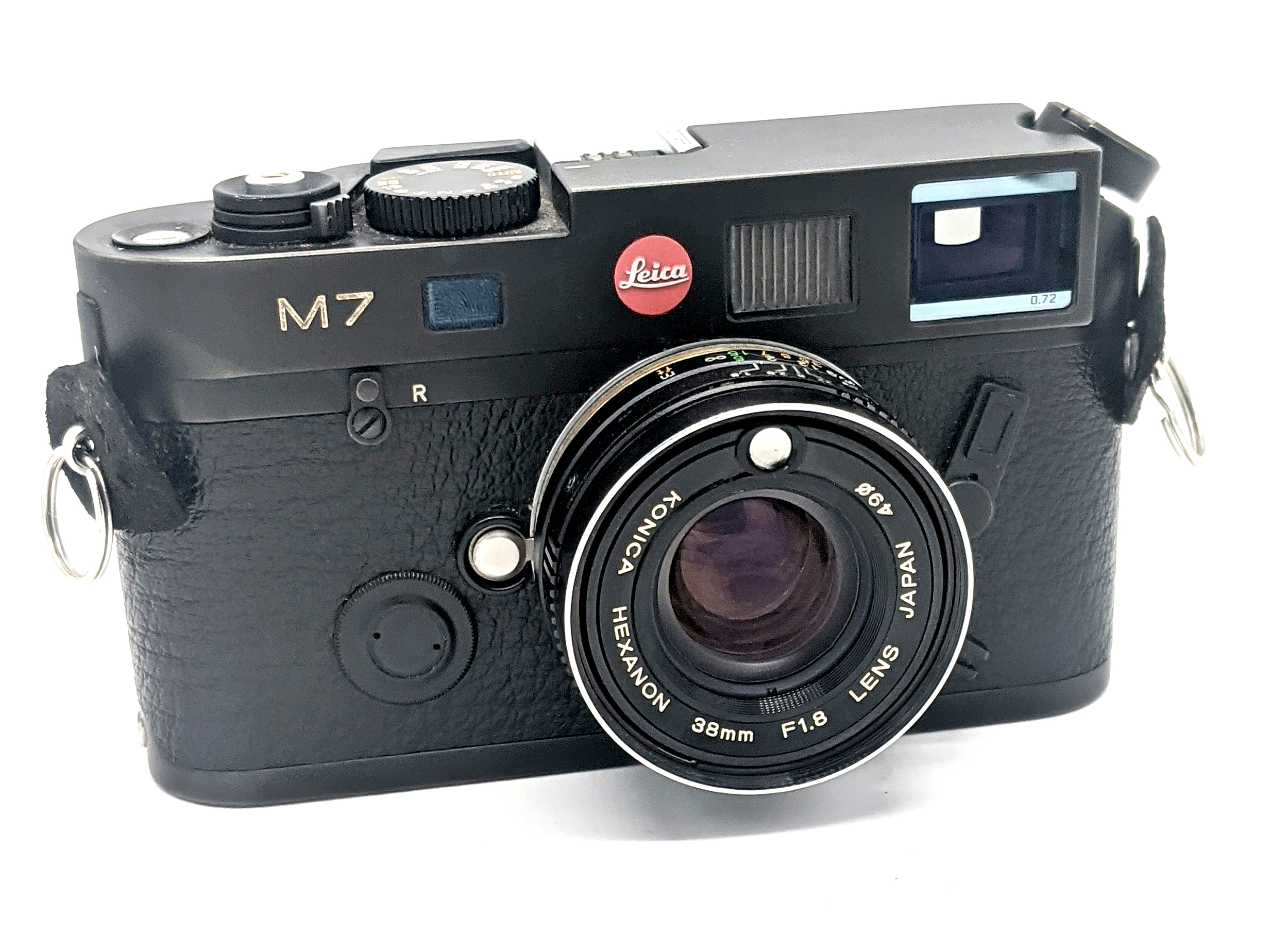
Beginning in the late 1960s and continuing through the late 1970s, most major camera manufacturers introduced a series of advanced, compact, fixed-lens rangefinder cameras. Konica’s entry into this class was the 1973-77 Auto S3. The highlight of this camera was its 38mm f/1.8 Hexanon lens. The 38mm Hexanon on the Auto S3 was not “new;” it was the optic from Konica’s 1966 Auto SE with different coatings. Although no formal Konica lens diagram exists for the lens, we can guess that its six group, four element lens was a regular symmetrical design (1-2-2-1) common during the era. By the 1960s, this type of design for a moderate wide-angle was nothing new, as famous lenses like the 1951 Nikon 35mm f/2.5 W-Nikkor and the 1958 Leica 35mm f/2.8 Summaron had used similar schema. Although the origin of the lens design is unknown, an educated guess that Konica simply “stretched” its 45mm f/1.8 used in its contemporary cameras like the the Auto S2. Unlike the Auto SE version of the 38mm Hexanon, which could focus down to an incredible 0.6m, the Auto S3 version was limited to 0.9m minimum focus, most likely because of the limitations of the camera’s short rangefinder-baselength design. Other than in the Auto SE and the Auto S3, it does not appear that Konica used this lens design again. Some have said that the later 1978 Konica 40mm f/1.8 Hexanon SLR lens may be “related” to the 38mm Hexanon, but I do not believe that to be the case. The design is different (1-2-2-1 versus 1-1-1-2-1); the 40mm’s design is similar to almost every other Planar-style SLR lens of the time; and Tokina, not Konica, produced the 40mm.
For decades, photographers have raved about the performance of the higher-end fixed-lens rangefinders of the 1970s. The standard lens for many of these cameras was a 40mm f/1.7. The 1970s Leica-Minolta collaboration also designed and produced a 40mm f/2 Leica M-mount lens for the Leica / Minolta CL. Although there is no apparent reason to doubt the favorable impressions that many had of these fixed-lens rangefinder cameras during the film era, the fact that these lenses were built-in to their camera bodies has made testing them on digital impossible, unless those lenses were surgically extracted from their bodies and re-mounted for use on a digital platform.
Because I had a junked Konica Auto S3 sitting around with a perfectly good lens, I reached out to Leica Spanker in Germany to see whether it would be theoretically possible to adapt the 38mm Hexanon to Leica M. A short time later, a standalone, rangefinder-coupled 38mm Hexanon landed on my doorstep. Leica Spanker not only adapted the lens to Leica spec, but also fabricated an aperture ring where none had existed before (remember the Auto S3 was a shutter-speed priority camera). I would highly recommend them.
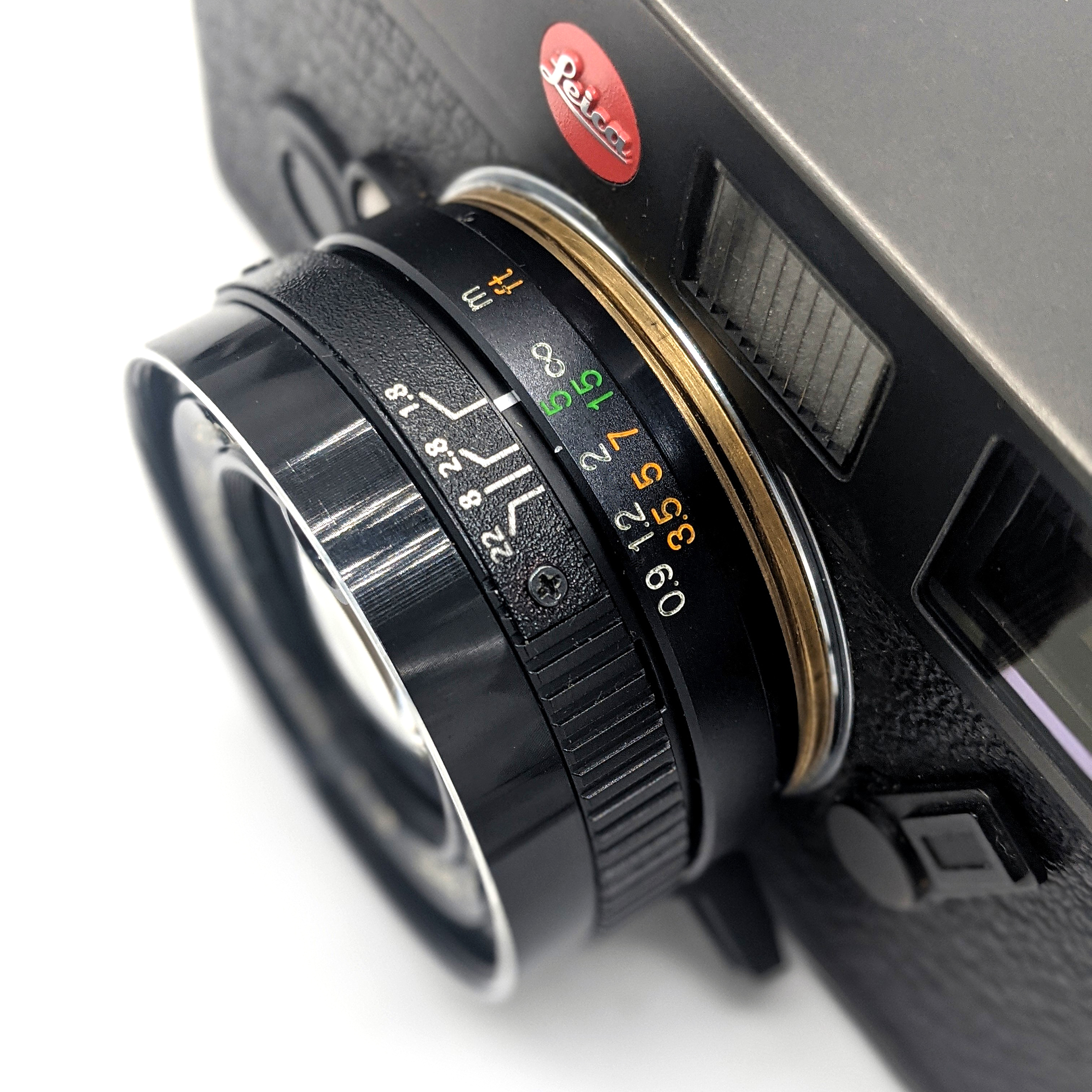
So, the question that has been on many’s minds for nearly 50 years: how good is the 38mm Hexanon? Does it live up to the decades of hype? In short, it is a really good lens for 1966. For a lens that was never intended to compete with the top-tier of interchangeable rangefinder lenses, and selling in 1973 for around 1/3 of the asking price for a Leica CL with a 40mm f/2 lens, it remains highly-capable. While it noticeably flares wide open (old lens coatings), has just a minimal amount of barrel distortion (about +1 or sometimes +2), and has noticeable light fall-off wide open, by its optimal f/2.8-f/11 range, it is a sharp, contrasty, relatively well-corrected, and competes with any Leica, Canon, or Nikon 35mm focal-length rangefinder lenses of the 1950s-60s. Its center resolution both wide open and throughout its range is stunning for a lens of this class and price, although its corners are not top tier.
The 38mm Hexanon is perhaps most comparable in overall capability to the 35mm f/2.5 W-Nikkor or the 35mm f/2.8 Summaron, both of which have a similar 1-2-2-1 design. The 38mm Hexanon performs better overall than the W-Nikkor but not as quite as well as the Summaron. Against the 1956 35mm f/1.8 W-Nikkor, the Nikkor is clearly, but not significantly, the better lens as it has better distortion control and corner resolution (remember that the f/1.8 was a ridiculously expensive lens at the time and not many were produced). However, on a 24mp digital sensor, the 38mm Hexanon’s center sharpness is at the limits of the sensor’s ability to resolve it.
Given its general competitiveness with just about any 1960s rangefinder lens, the most significant shortcoming of the 38mm Hexanon is its 0.9m minimum focusing distance. The Auto S3’s extremely short effective rangefinder baselength most likely could not focus accurately an f/1.8 lens at any closer distance. Even at that minimum distance and at f/1.8 (where the Hexanon is capable but not at its very best), it is difficult to get in close enough to a subject for pleasant separation. If you are considering having a similar conversion done, think about doing the Auto SE version of the 38mm Hexanon instead, as it can focus down to 0.60m. Otherwise, the converted Auto S3 lens is light, comparable in size to any compact 35mm f/2 rangefinder lens, and has a very short focus throw (about 15% or so of the lens barrel radius from 0.9m to infinity). Although the lens itself is small, its barrel still requires a rather large 49mm filter. Fortunately, a standard wide-angle 49mm lens hood does not block a Leica rangefinder.
Comparisons
Here is the 38mm Hexanon’s specifications compared to 1951 35mm f/2.5 W-Nikkor, the 1956 35mm f/1.8 Nikkor, and a 1958 Leica 35mm f/2.8 Summaron.
| 35mm f/2.5 W-Nikkor | 35mm f/1.8 W-Nikkor | 35mm f/2.8 Summaron | 38mm f/1.8 Hexanon | |
| Year | 1951 | 1956 | 1958 | 1966 |
| Design | 6 elements, 4 groups | 7 elements, 5 groups | 6 elements, 4 groups | 6 elements, 4 groups |
| Min. Focus | 0.9m | 0.9m | 0.7m | 0.6 (SE) / 0.9m (S3) |
| Filter Size | 43mm (Old Style) | 43mm (Old Style) | 39mm | 49mm |
Some Wide-Open Digital Snaps
Because I shoot film almost exclusively, I do not really use adapted lenses on mirrorless cameras for personal photography. However, because some digital snapshots may provide a better idea of how the 38mm Hexanon works in the “real world,” here are a few examples. These are all take on a Nikon Z6 at f/1.8 with some distortion and levels corrections. As you can see, the Hexanon is a flare-y at f/1.8, has noticeable light fall-off in the corners, has incredible shallow depth of field on digital wide-open, and its out-of-focus background details are occasionally a bit busy. But all of these are pretty par for the course for any 1950s-60s rangefinder lens. Otherwise, the images are perfectly pleasant with the standard corrections.
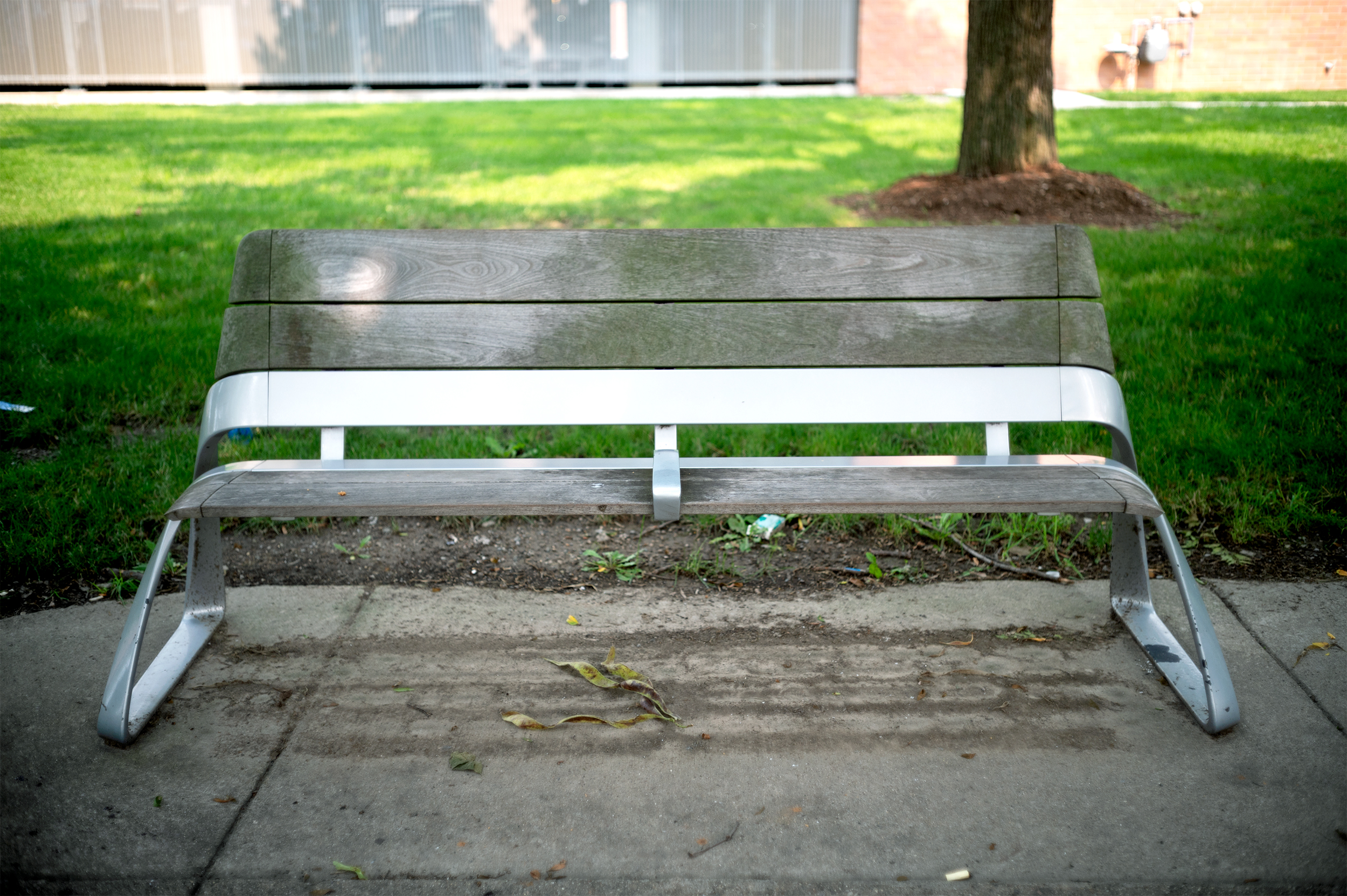
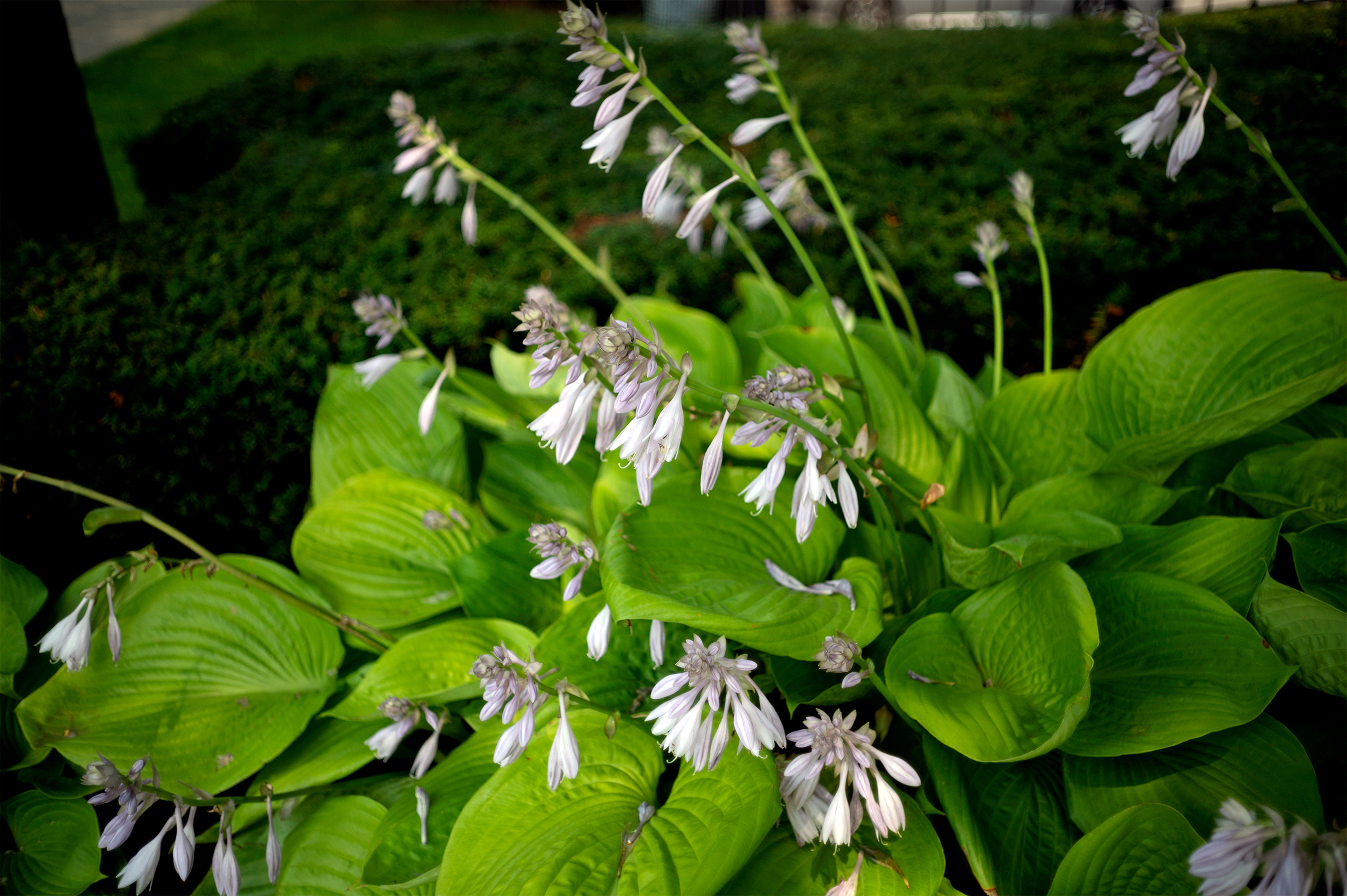
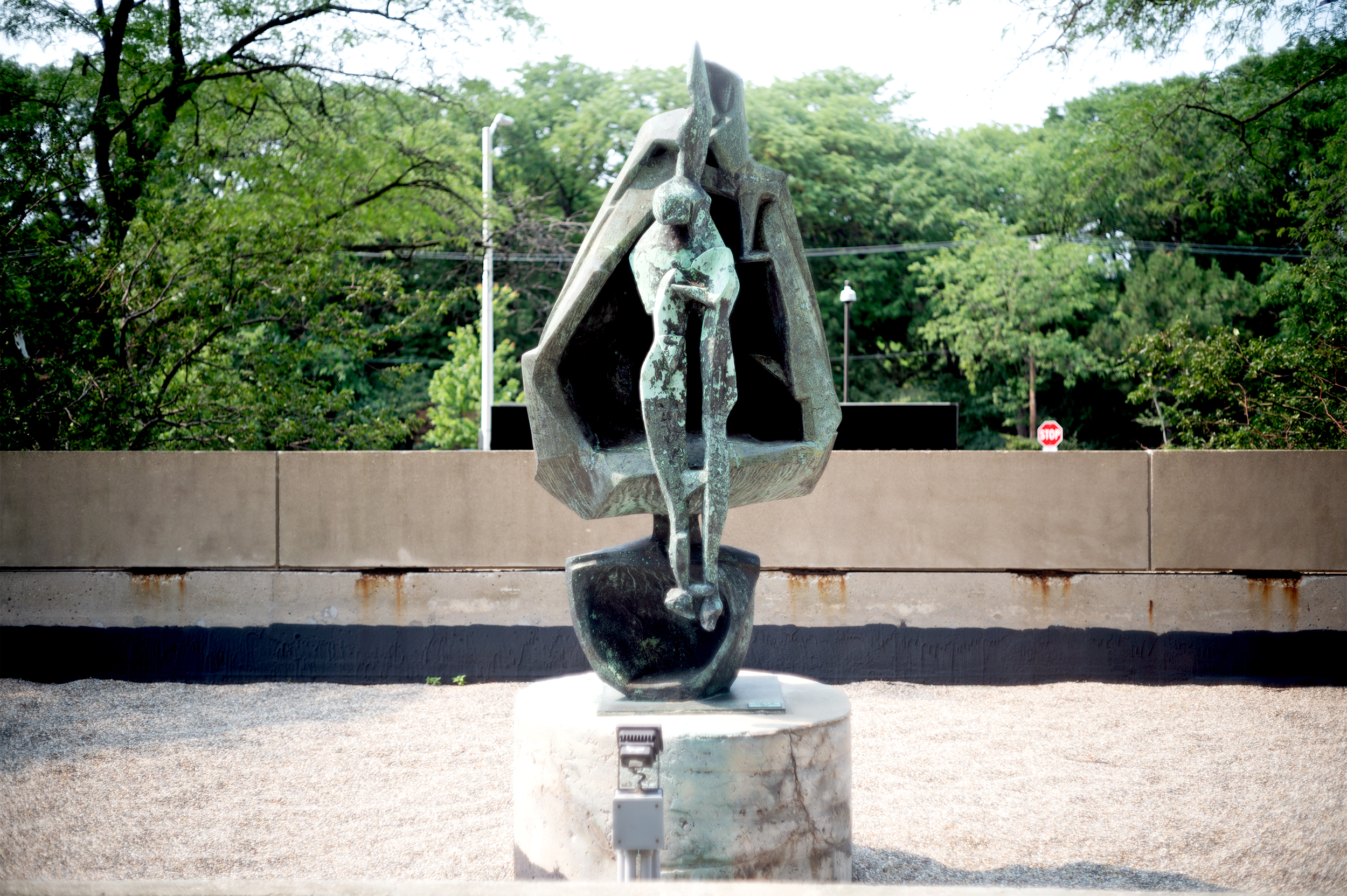
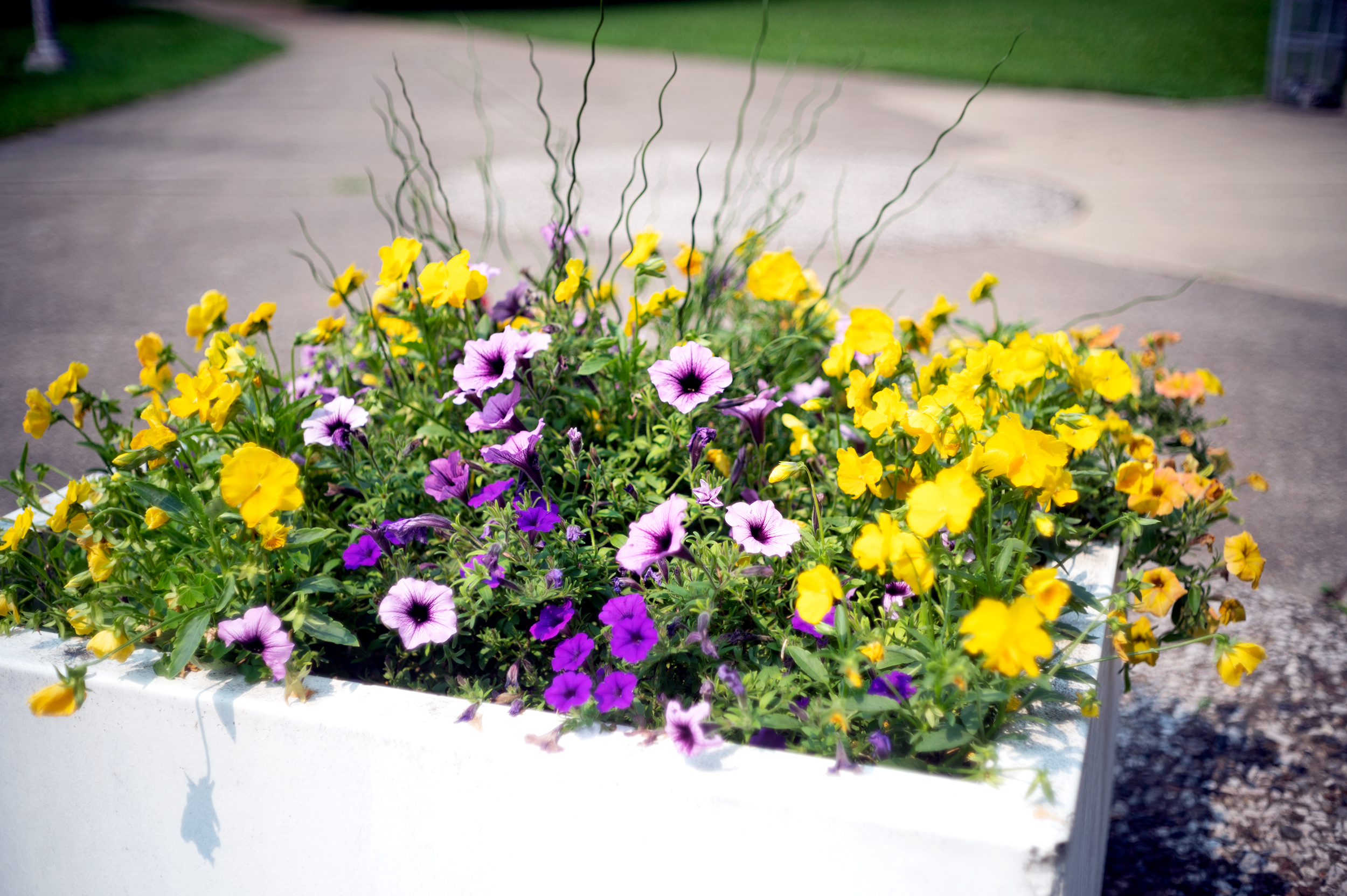


Hello, I just bought a Konica Auto SE electronic which I am getting serviced. I plan on writing a review and wondered is it possible to quote some of this in my review, with a link back to your page of course?
I had the Fujica Compact Deluxe which you can read my review in the link, and while it had a superb lens it seems this is even better. Plus I do prefer a slightly wider lens for scenery anyway. It will be interesting to shoot a 38mm lens at 0.6 metres, and I wonder why they didn’t keep this short minimum focus when they used the lens in later model cameras?
Great review, really enjoy your site which I just stumbled across reading your review of the Auto SE.
Thanks! Of course you can link back if you want. I would guess that the S3’s RF base length was not long enough to accurately focus the lens at 0.6m and I’m sure that SE was expensive to manufacture. It’s a shame Konica did not use this lens on other models. It’s a real winner and comparable to lenses like the 35mm f/2.5 Nikkor, but could focus far more closely.